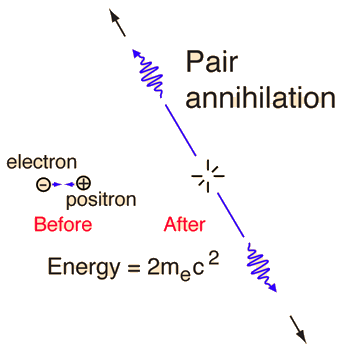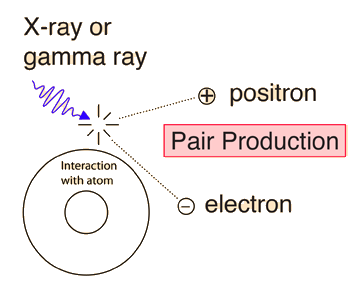Leptons
Leptons and quarks are the basic building blocks of matter, i.e., they are seen as the "elementary particles". There are six leptons in the present structure, the electron, muon, and tau particles and their associated neutrinos. The different varieties of the elementary particles are commonly called "flavors", and the neutrinos here are considered to have distinctly different flavor.

Important principles for all particle interactions are the conservation of lepton number and the conservation of baryon number.
Now that we have experimental evidence for six leptons, a relevant question is "Are there more?". The present standard model assumes that there are no more than three generations. One of the pieces of experimental evidence for that is the measured hydrogen/helium abundance ratio in the universe. When the process of nucleosynthesis from the big bang is modeled, the number of types of neutrinos affects the abundance of helium. The observed abundance agrees with three types of neutrinos.
| Table of lepton properties |
Particle concepts
| HyperPhysics***** Quantum Physics | R Nave |









